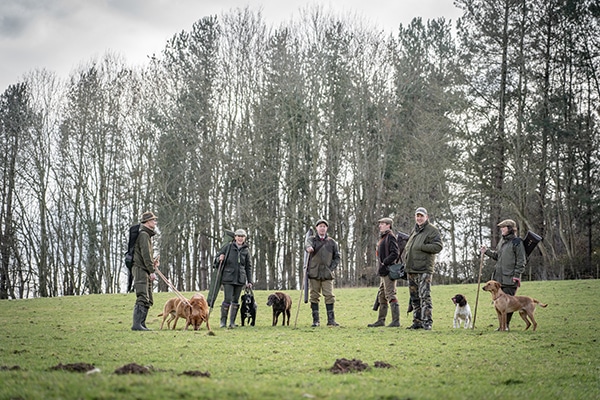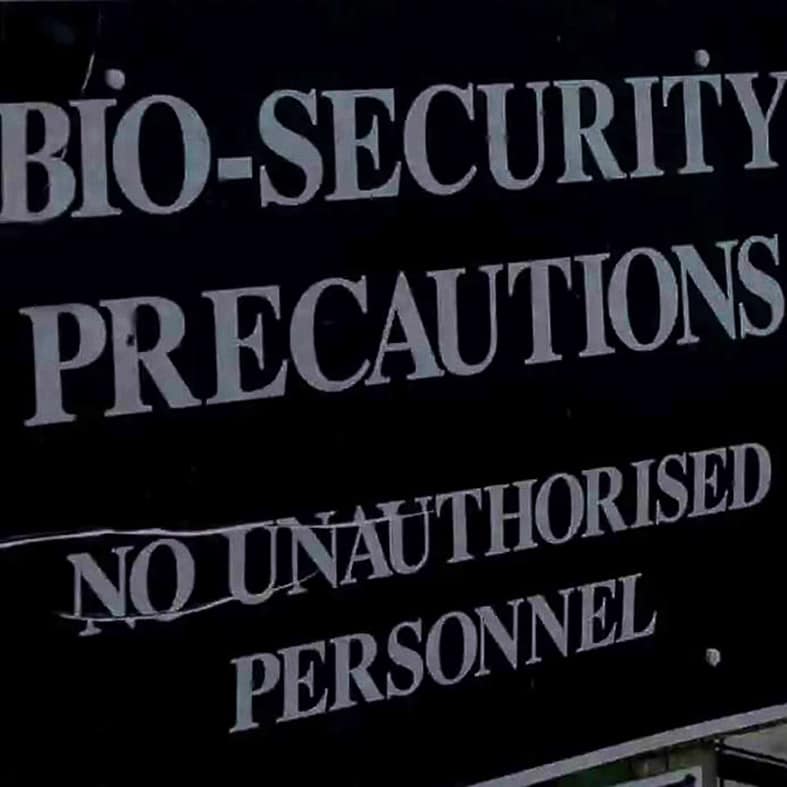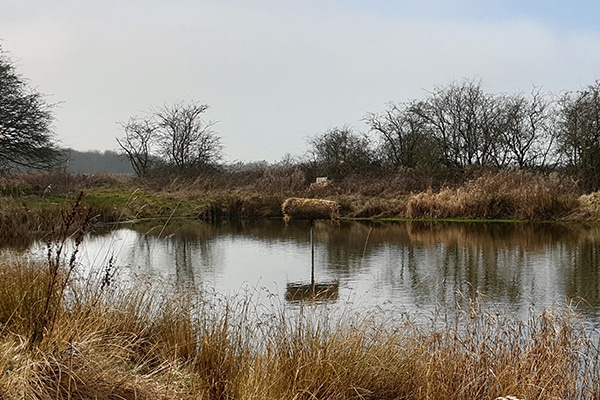
Disruption of shoots by demonstrators
Everything you need to know to stay safe if your shoot, which if properly carried out is a lawful activity, is disrupted by demonstrators.
Get information on the legal shooting season for mammals and birds in the UK.
Learn about our current conservation projects and how you can get involved.
Comprehensive information and advice from our specialist firearms team.
Everything you need to know about shotgun, rifle and airgun ammunition.
Find our up-to-date information, advice and links to government resources.
Everything you need to know on firearms law and licensing.
All the latest news and advice on general licences and how they affect you.


Gamekeeping Gamekeeping advice Biosecurity: shooting and the countryside
Biosecurity refers to all the measures taken to minimise the risk of infectious diseases caused by viruses, bacteria or other microorganisms entering, emerging, establishing or spreading as a result of our actions.
The benefit of good biosecurity helps to ensure the overall health of the wider environment, protects individual species, and can help maintain the health of your game birds.
For example, when it comes to game bird rearing and releasing the Animal Plant and Health Association (APHA) have identified that the most important factor in reducing the impact of avian influenza is good biosecurity which is practised and applied properly. These same practices also help to stop the spread of other diseases including mycoplasma, coccidiosis and hexamita.
The measures put in place to mitigate potential risks also help to limit the spread of alien Invasive species that can cause serious environmental problems.
You can do your bit to help to protect the environment, your season ahead and the future of you shooting sports by undertaking some relatively small steps, such as checking, cleaning, and drying your kit regularly.
Disease and invasive alien species (IAS) can be spread in a number of ways including, but not limited to:
As shooters and countryside users we can all play our part in maintaining good biosecurity therefore reducing the potential risk of transmission of both diseases and IAS:

Everything you need to know to stay safe if your shoot, which if properly carried out is a lawful activity, is disrupted by demonstrators.

If this code is followed, flight ponds will provide excellent shooting with benefits to conservation which can be enjoyed by a wider public.

Find all the information you need about BASC’s Lindisfarne wildfowling permit scheme.
Sign up to our weekly newsletter and get all the latest updates straight to your inbox.
© 2023 British Association for Shooting and Conservation. Registered Office: Marford Mill, Rossett, Wrexham, LL12 0HL – Registered Society No: 28488R. BASC is a trading name of the British Association for Shooting and Conservation Limited which is authorised and regulated by the Financial Conduct Authority (FCA) under firm reference number 311937.
If you have any questions or complaints about your BASC membership insurance cover, please email us. More information about resolving complaints can be found on the FCA website or on the EU ODR platform.
This website uses cookies so that we can provide you with the best user experience possible. Cookie information is stored in your browser and performs functions such as recognising you when you return to our website and helping our team to understand which sections of the website you find most interesting and useful.
Strictly Necessary Cookie should be enabled at all times so that we can save your preferences for cookie settings.
If you disable this cookie, we will not be able to save your preferences. This means that every time you visit this website you will need to enable or disable cookies again.
This website uses Google Analytics to collect anonymous information such as the number of visitors to the site, and the most popular pages.
Keeping this cookie enabled helps us to improve our website.
Please enable Strictly Necessary Cookies first so that we can save your preferences!
More information about our Cookie Policy